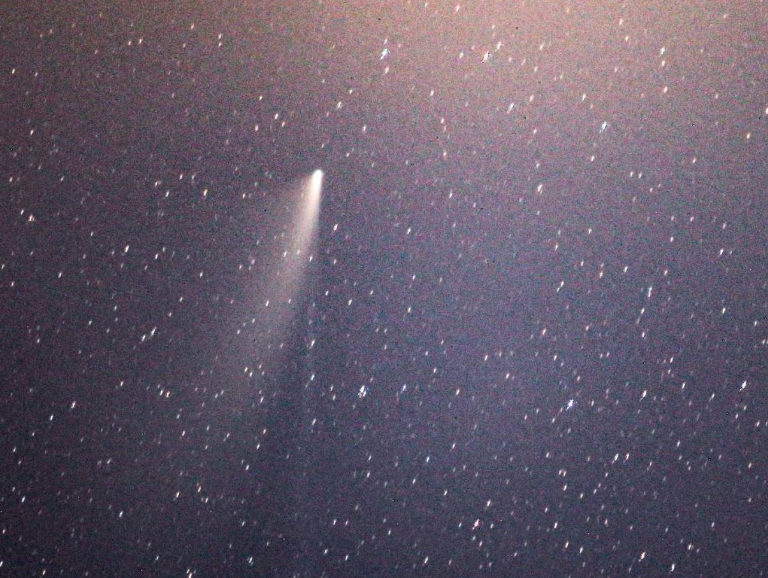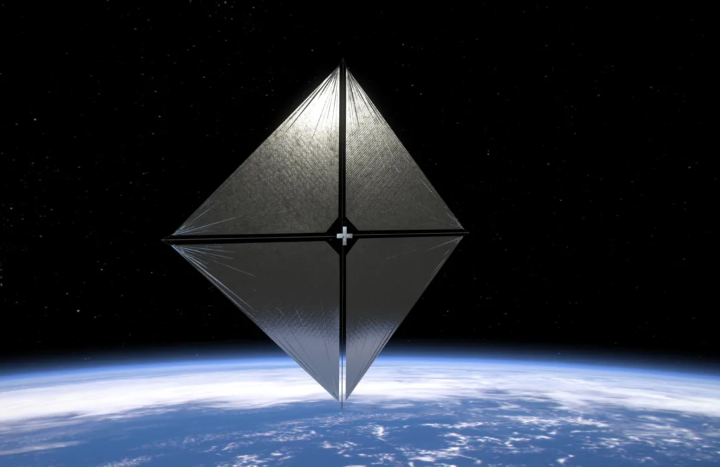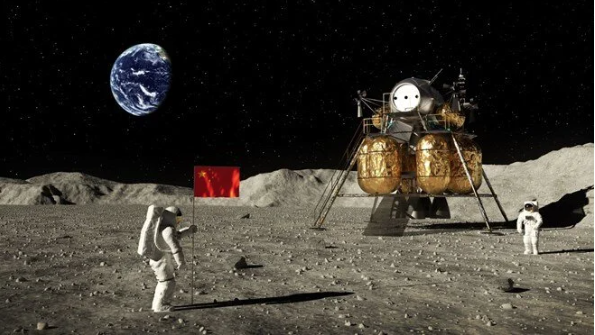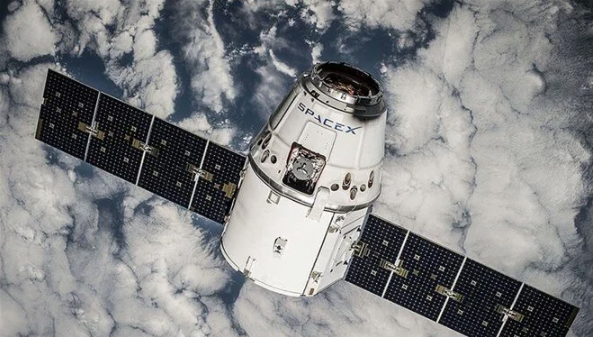With the help of the James Webb Space Telescope (JWST) and other telescopes, the US Aeronautics and Space Agency (NASA) has found evidence of possible pre-planets in newly forming star systems.
According to Space.com, NASA scientists analyzed data collected by JWST, the Hubble Space Telescope and the Atacama Large Millimeter Array (ALMA) to identify possible protoplanets orbiting the stars named “SAO 206462”, “HL Tauri (HL Tau)”, and “MWC 758”.
The research was conducted by a team led by scientists from the University of Michigan, the University of Arizona and the University of Victoria.
The study also revealed hitherto unseen interactions between protoplanetary disks and the gas envelopes closer to the stars at the center of these disks.
“Basically, in every disk we observed with high resolution and precision, we saw large structures in the form of cavities, rings, and spirals, especially in SAO 206462,” team member and University of Michigan astronomer Gabriele Cugno said in a statement. Most, if not all, of these structures can be said to interact with matter in the disk to form planets, but there are other explanations that do not involve the presence of giant planets.
If we finally manage to see these planets, we can connect some of the structures in the formation process and relate them to features of other systems at much later stages. Finally, by connecting the dots, we can understand how planets and planetary systems form as a whole.”
A very cold gas giant may be forming in orbit around the foreground star SAO 206462
Cugno and his team found evidence that a planet is forming in the JWST observation of a protoplanetary disk orbiting SAO 206462, a protostar that, like the Sun, does not yet have enough mass at its core to trigger the fusion of hydrogen to helium.
The pre-planetary disk in SAO 206462 was also observed by Hubble, ALMA and the Very Large Telescope (VLT) and was found to be composed of two strong spirals, the study said, adding that the team expected to see a gas giant planet composed mostly of helium, like Saturn or Jupiter, but no such observations were made.
“Many simulations suggest that the planet should be inside the disk, huge, big, hot and bright,” Cugno said. But we didn’t find it, which means that either the planet is much colder than we thought, or some material is blocking our view. What we found was a different candidate planet, but we can’t say for sure whether it was a planet, a faint star in the background or a galaxy that distorted our image. Future observations will help us understand exactly what we’re looking at.
The problem is that what we are trying to detect is hundreds of thousands, maybe millions of times fainter than a star, it is like trying to see a small light bulb next to a lighthouse.”
Using JWST’s Near Infrared Camera (NIRCam), the team detected thermal energy from the fall of high-velocity material from the possible planet.
The findings showed that if the possible planet is a gas giant, it is located about 300 times the distance between the Earth and the Sun from its center, SAO 206462, is at most 2.2 times the mass of Jupiter, and could be very cold.
HL Tau, the youngest foreground star with a foreground planet survey
In a JWST observation of the star HL Tau, about 450 light-years from Earth, University of Victoria researcher Camryn Mullin studied the protoplanetary disks around the 1 million-year-old baby star.
“HL Tau is the youngest system in our survey and is surrounded in its orbit by a dense stream of dust and gas falling on its disk. We were amazed by the level of detail with which we could see the material around it with JWST, but unfortunately (the material) is blocking signals from possible planets.”
The HL Tau disk has many cavities and star system-sized rings that could host planets, but because the disk is filled with dust and the system is young, even JWST is unlikely to directly see planets around HL Tau.
In the study, the team also distinguished a feature called the foreground stellar envelope with JWST. This feature shows the dense flow of dust and gas that begins to coalesce around HL Tau, and this gas and dust is the raw material that makes up a planet.
“MWC 758’s” protoplanetary disk has spiral arms indicating the presence of a massive planet
NASA Hubble Fellow Kevin Wagner of the Steward Observatory at the University of Arizona also examined the front planetary disk of “MWC 758” with JWST. The study detected spiral arms that could indicate the presence of a massive planet. However, the study did not directly observe the presence of a planet in this system either.
“The fact that no planets were detected in all three systems suggests that the (possible) planets causing the gaps and spiral arms are either too close to their host stars or too faint to be seen with JWST. If the latter is true, this tells us that they are relatively low mass, low temperature, covered in dust, or a combination of all three, which is probably the case in the case of ‘MWC 758’.”
Scientists emphasize that the research is important for understanding how the Earth and the conditions to support life formed.
The research was published in three separate papers in The Astronomical Journal.





